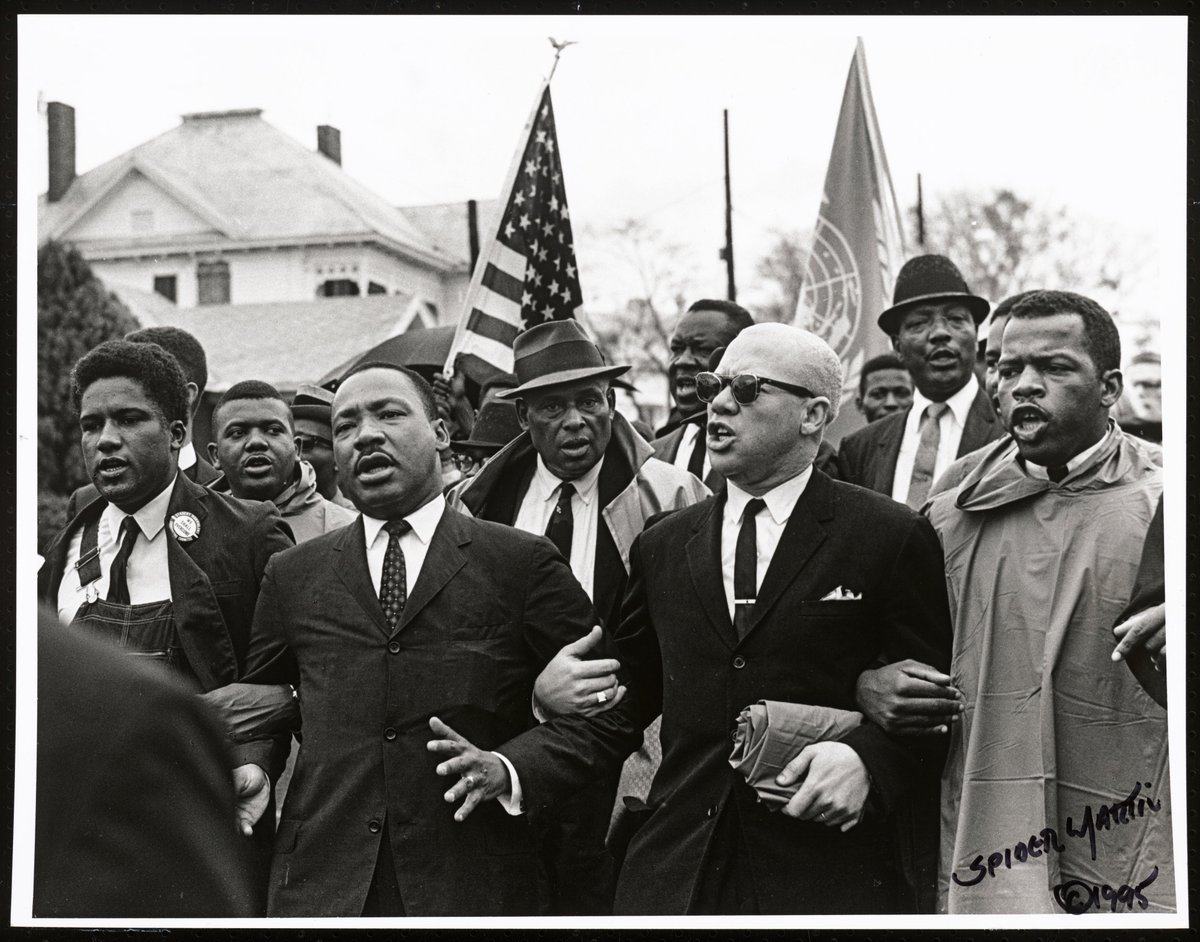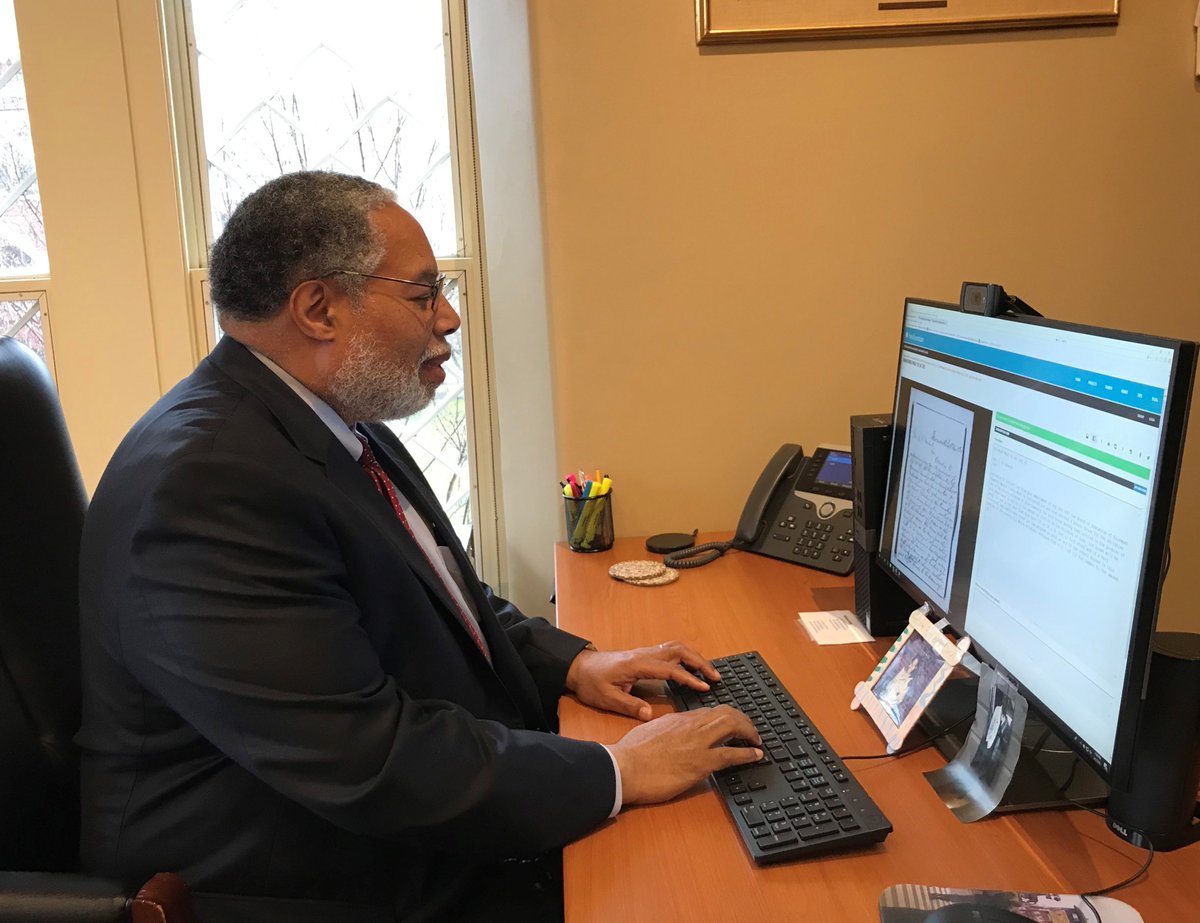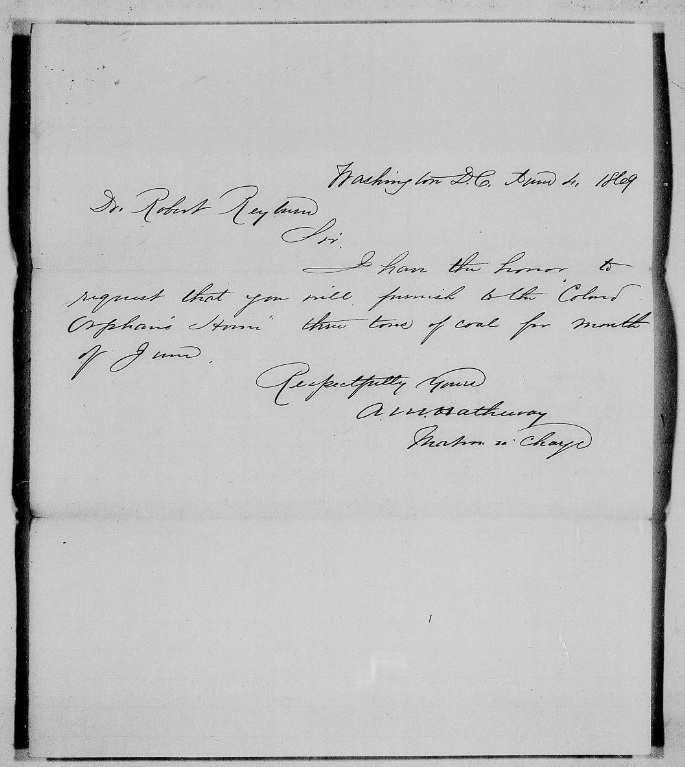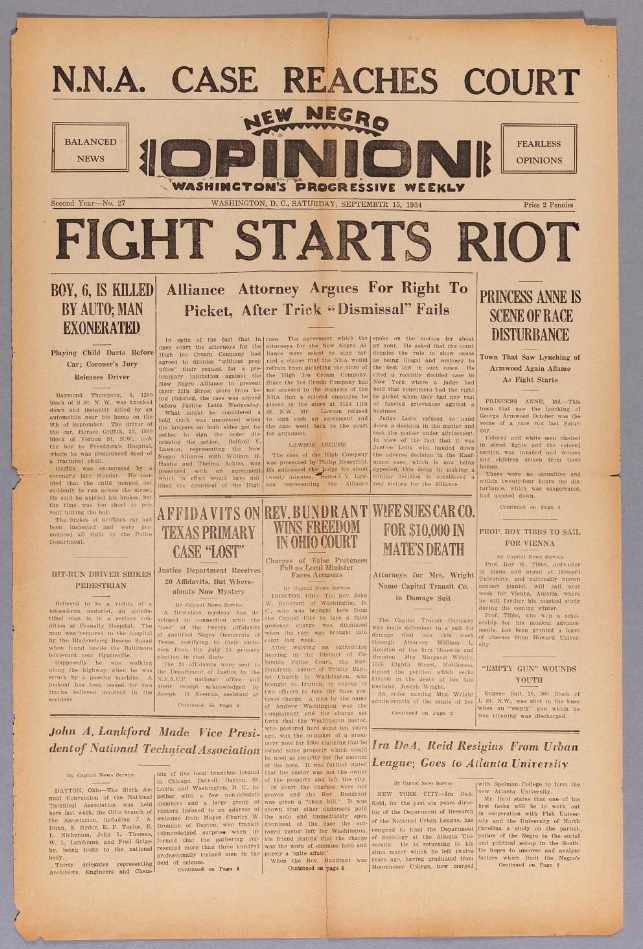
Convened by the United Nations in 1975, a time of great division and global conflict, the World Conference on Women gathered in Mexico City for the first time. This poster for the groundbreaking conference is from our @amhistorymuseum. #IWD 

Helvi Sipilä, a Finnish leader and organizer of the conference, said governments had ignored the issues the conference would tackle because, as she told the New York Times, "they thought they were women's problems, which women themselves have to solve." #IWD
"They have not recognized the connection between women's problems and such things as food production, population and the environment," Sipilä said. The conference was part of the International Women's Year, which was celebrated on this 1975 stamp from our @PostalMuseum. #IWD2022 

Here at the Smithsonian, staff organized workshops and film screenings related to career advancement and equal opportunities in the workplace. This photo of the organizers is from our @SmithsonianArch. 

It was true in 1975 and remains true today that overcoming the challenges we face as a society—sexism, climate change, the pandemic, the chasm of race—depends on our communal will and joint action to build our shared future. 

• • •
Missing some Tweet in this thread? You can try to
force a refresh









